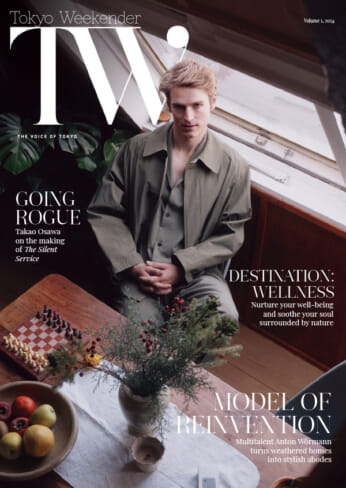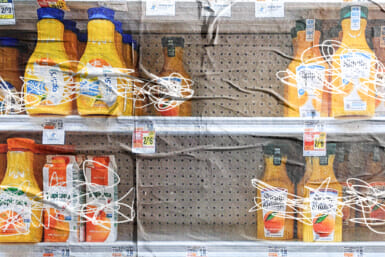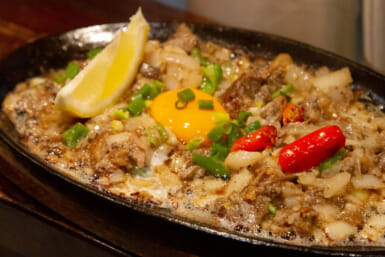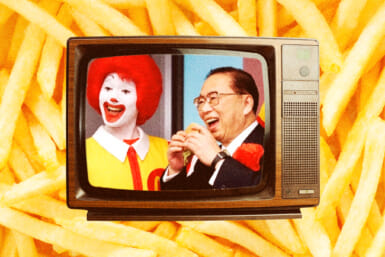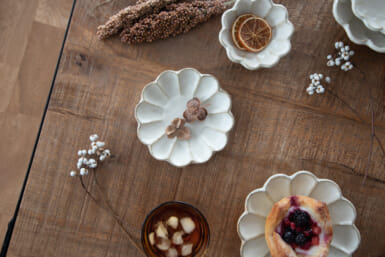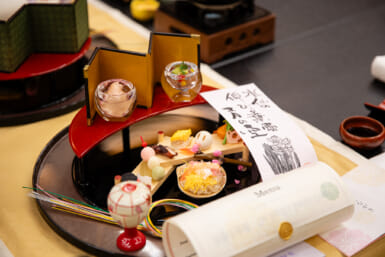I feel like giving up wine. The field is gelling too crowded — with wine freaks who can’t enjoy a glass without analyzing it into microscopic detail, using outrageous jargon.
It wasn’t like that in the old days, the old days meaning 15 years or more years ago. Then, wine-lovers enjoyed their wine and made general comments that expressed their satisfaction, comments like “remarkable color” or “beautiful bouquet” or “tastes great.” They didn’t have to go into esoteric description to show their enjoyment.
Wine amateurs recognized each then by some subtle sign, perhaps by something one let slip in conversation or some other recognitional signal. When you met another, it wasn’t long before you were having him to your house to taste your wines and he was reciprocating. As host, you would serve your wine, announcing what it was beforehand so the guests could anticipate it. Then came the sniffs, the sips and the appreciative remarks. Often one would supply a menu of the food and wine to be served.
Once I had the international head of the International Wine and Food Society over for dinner and, when he saw that a Tokay Essencia was concluding the meal, he was overjoyed. He said it would be the first time he had ever tasted one. Tokay Essencias aren’t easy wines to find. When it was served, he took a sip, closed his eyes and said, “It’s everything I had expected in a Tokay Essencia.” That remark alone would have made my evening.
When you were a guest in those days, you didn’t have to concern yourself with the host’s handing you a glass and asking what it was. You were never faced with the worry over making an error or the shame of it afterwards. That’s what it was like in the old days, when the wine world in the U.S. and Japan was infinitesimal in size.
But what happens today? Everybody is an instant expert and talks in tongue? I don’t know who is to blame for this desire for sudden expertise; but if it’s the producers, they are cutting their own throats. I am convinced more people are turned off than are turned on wine by the jargon they hear.
Take the matter of Brix, which shows the sugar content of the grape and thus the potential alcoholic content. The Brix figure is usually printed on the back labels of California wines aspiring to greatness. But it is of concern to the winemaker, not the consumer, for California wine bottles have the alcoholic content on the front label.
I had often wondered why California producers take the trouble to print the Brix on the back label until one day when I discovered a possible reason. I was taking lunch at a Bordeaux chateau with a conglomerate group of Americans, British and French. The usual appreciative comments about the wines were being made, nothing specific, when one guest asked what the Brix was. The host looked puzzled; then said that the alcoholic content was approximately 11.5 per cent. But the guest persisted in his desire to know the Brix. Finally, the host told him that, though he used the Baume scale, he would work out the Brix if the guest really needed the figure. It wasn’t all that necessary, the guest admitted, it was just that the Brix was always mentioned at his wine club back home.
There is a growing wine vocabulary in use today. It’s not only growing but words are going in and out of fashion. The most fashionable word to describe the bouquet of the Cabernet Sauvignon now is “eucalytpus,” I’m told. In the old days it would have been described as typically Cabernet. And there is “balance,” which is thrown around with abandon. I had lunch recently with a friend from California who had been brought up on wine, and he was indignant about how wine-drinkers use it indiscriminately without knowing what it really means.
I am not against wine-drinkers or whatever playing the expert if it makes them happy, but I don’t like their doing it to impress their audience with a depth of knowledge measured by abstruse vocabulary. At wine-tastings where wines are graded for a purpose, discussions include many technical terms, which everyone present understands.
By wine-tastings I mean the real ones, not those sham tastings that are really wine-drinkings. How can you tell the difference? At a real wine-tasting there are receptacles where one can get rid of a sample and prepare for the next.
